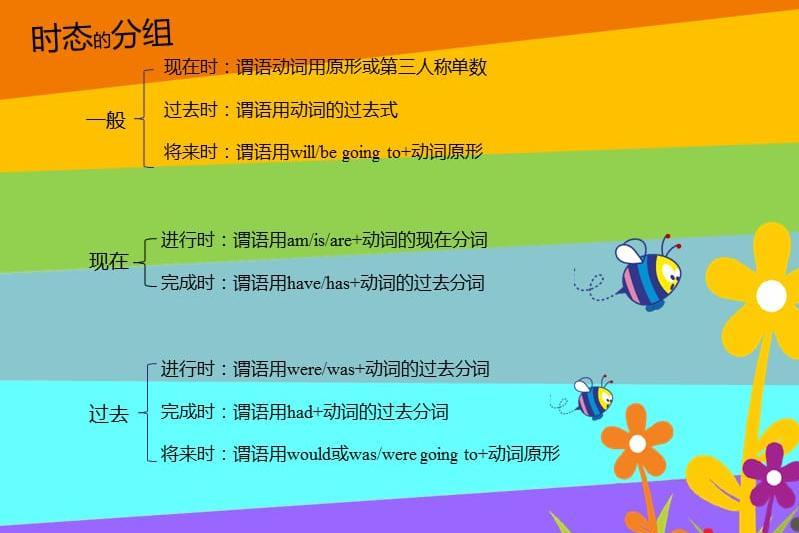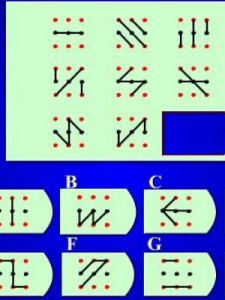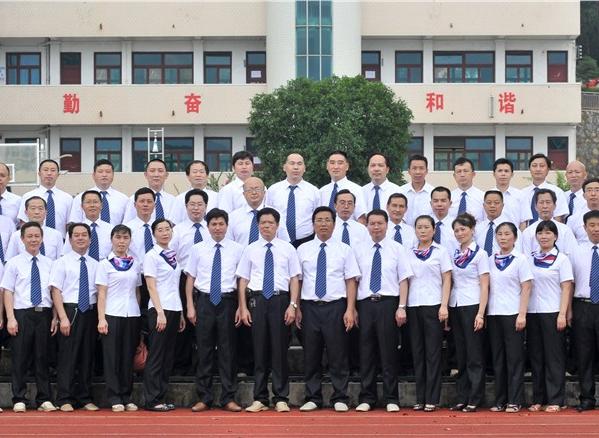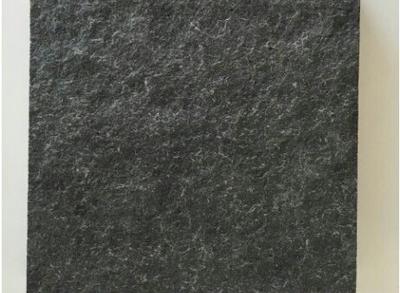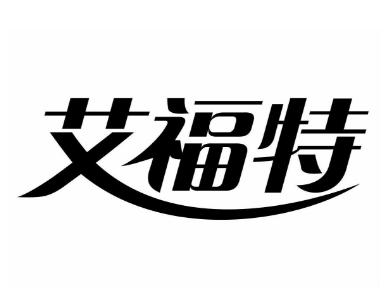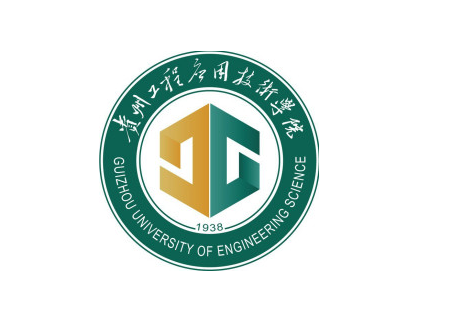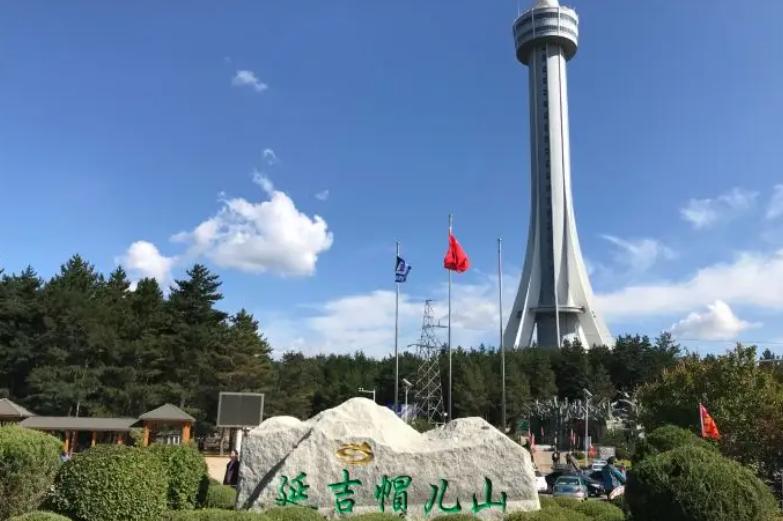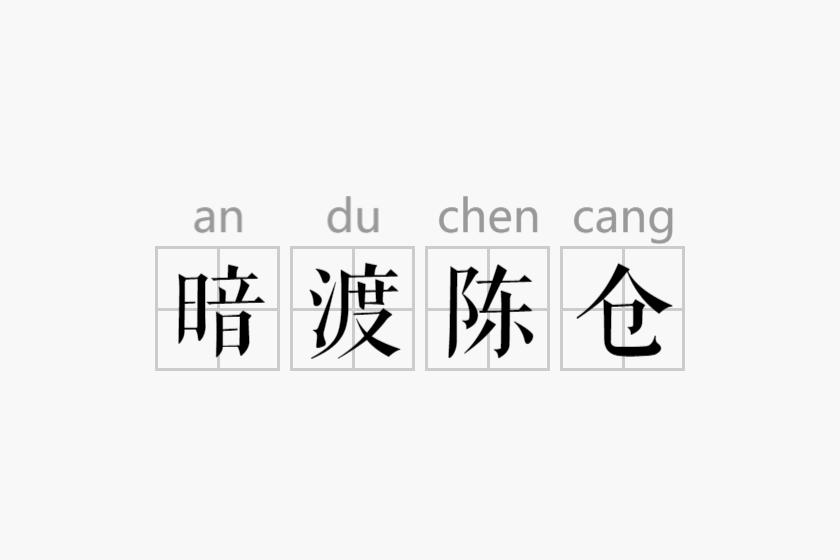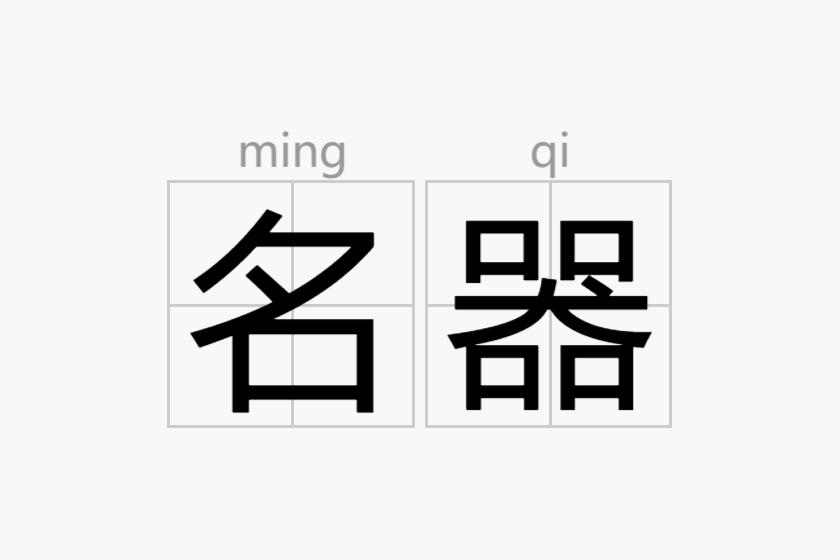一般現在時
1.概念:經常、反複發生的動作或行為及現在的某種狀況。
2.時間狀語:always, usually, often, sometimes, every week (day, year, month…), once a week, on Sundays,
3.基本結構:動詞+ 原形 (如主語為第三人稱單數,動詞上要加(e)S)
4.否定形式:am/is/are+not;此時态的謂語動詞若為行為動詞,則在其前加don't,如主語為第三人稱單數,則用doesn't,同時還原行為動詞。
5.一般疑問句:把be動詞放于句首;用助動詞do提問,如主語為第三人稱單數,則用does,同時,還原行為動詞。
6.例句:. It seldom snows here.
He is always ready to help others.
Action speaks louder than words.
7.特殊用法:一些動詞可用一般現在時來表達現在進行時:
verbs of the senses: hear,see,taste,smell
verbs of the thinking: believe,know,mean,realize,think,remember
verbs of the linking: dislike,fear,hate,like,love,want
verbs of the possession: belong,have,own,possess
一般過去時
1.概念:過去某個時間裡發生的動作或狀态;過去習慣性、經常性的動作、行為。
2.時間狀語:ago, yesterday, the day before yesterday, last week(year, night, month…), in 1989, just now, at the age of 5, one day, long long ago, once upon a time, etc.
3.基本結構:含有Be動詞主語+was/were+......
不含有be動詞:主語+動詞過去式+......
4.否定句:帶be:主語+was/were not+動詞原形+......
不帶be:主語+didn't+動詞原形+......
5.一般疑問句:含be動詞was或were放于句首;
不含be動詞用助動詞do的過去式did 提問,同時還原行為動詞原型。
6.例句:She often came to help us in those days.
I didn't know you were so busy.
She sang a song of Lin Feng yesterday
現在進行時
1.概念:表示現階段或說話時正在進行的動作及行為。
2.時間狀語:now, at this time, these days, etc.
3.基本結構:Be動詞、am/is/are+doing
4.否定形式:Be動詞、am/is/are+not+doing.
5.一般疑問句:把be動詞放于疑問詞的後面。
6.例句:How are you feeling today?
He is doing well in his lessons.
7. 一般表示位移的詞如leave fly arrive go come. 等用現在進行時表将來。
I am flying Beijing next week .表示我下周即将飛往北京。
He is leaving for Beijing tomorrow. 他明天即将去北京。
過去進行時
1.概念:表示過去某段時間或某一時刻正在發生或進行的行為或動作。
2.時間狀語:at this time yesterday, at that time或以when引導的謂語動詞是一般過去時的時間狀語等。
3.基本結構:was/were+doing
4.否定形式:was/were + not + doing.
5.一般疑問句:把was或were放于句首。
6.例句:At that time she was working in a PLA unit.
When he came in, I was reading a newspaper.
現在完成時
1.概念:過去發生或已經完成的動作對現在造成的影響或結果,或從過去已經開始,持續到現在的動作或狀态。
2.時間狀語:recently, lately, since…for…,in the past few years, etc.
3.基本結構:have/has + done
4.否定形式:have/has + not +d one.
5.一般疑問句:have或has提前。
6.例句:I've written an article.
It has been raining these days.
過去完成時
1.概念:以過去某個時間為标準,在此以前發生的動作或行為,或在過去某動作之前完成的行為,即“過去的過去”。
2.時間狀語:before, by the end of last year(term, month…),etc.
3.基本結構:had + done.
4.否定形式:had + not + done.
5.一般疑問句:had放于句首。
6.例句:As soon as we got to the station, the train had left.
By the end of last month. We had reviewed four books
一般将來時
1.概念:表示将要發生的動作或存在的狀态及打算、計劃或準備做某事。
2.時間狀語:tomorrow, next day(week, month, year…),soon, in a few minutes, by…,the day after tomorrow, etc.
3.基本結構:am/is/are + going to + do;will/shall + do.
4.否定形式:am/is/are + not+going to; 在行為動詞前加will/shall(will适用于所有人稱,shall隻用于第一人稱)
5.一般疑問句:be放于句首;will/shall提到句首。
6.例句:They are going to have a competition with us in studies.
It is going to rain.
I think he will be back soon
過去将來時
1.概念:立足于過去某一時刻,從過去看将來,常用于賓語從句中。
2.時間狀語:the next day(morning, year…),the following month(week…),etc.
3.基本結構:was/were/going to + do;would/should + do.
4.否定形式:was/were/not + going to + do;would/should + not + do.
5.一般疑問句:was或were放于句首;would/should 提到句首。
6.例句:He said he would go to Beijing the next day.
I asked who was going there .
